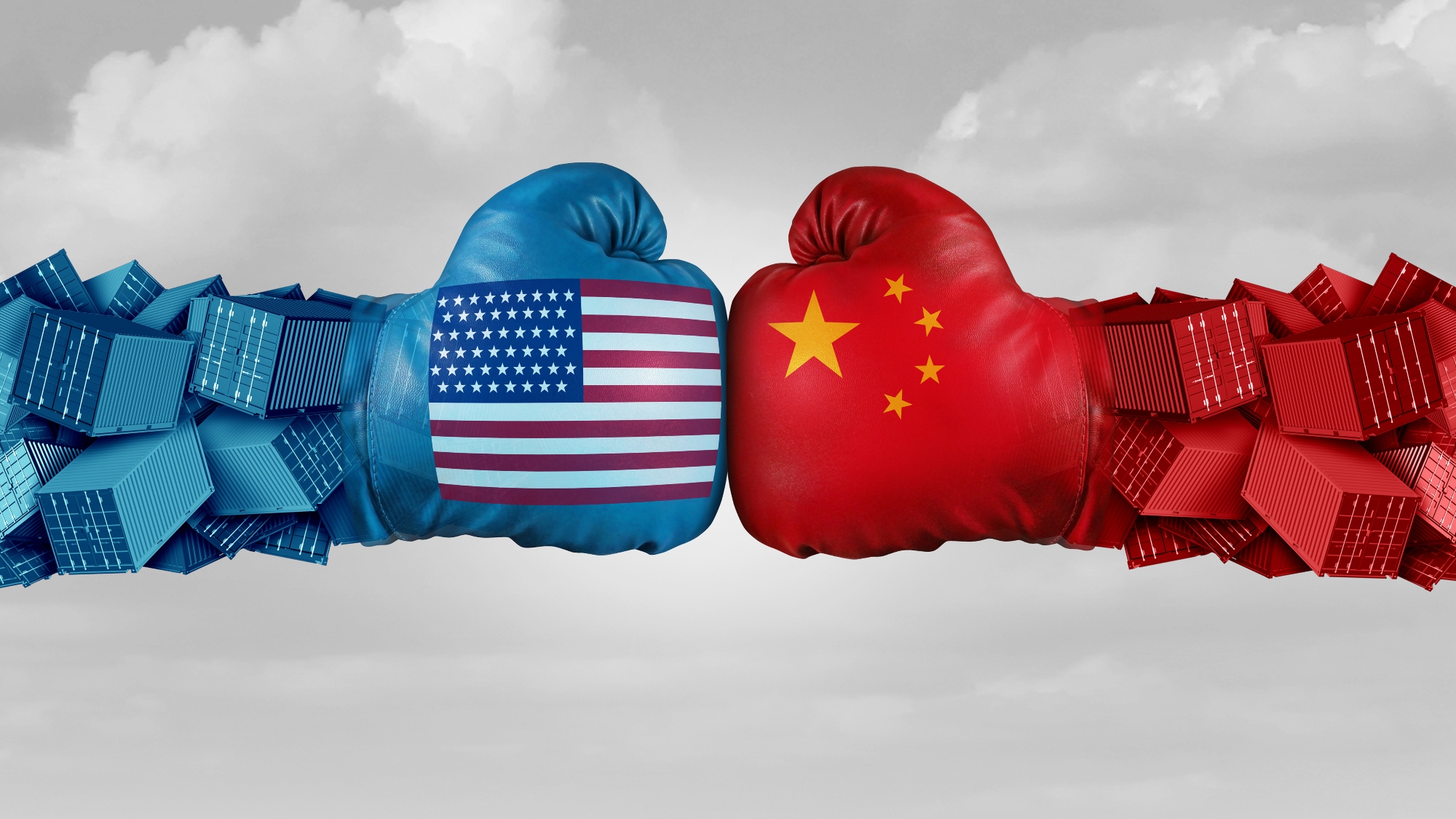Decoding the Signals of the Global Tariff and Trade Wars

What will global trade and commerce look like in the coming years, and how will it influence the business landscape? This question has moved to the forefront of executives’ minds as the US administration seeks to renegotiate relationships with key economic partners – most notably China, where the US is on the verge of a fundamentally new moment on trade. The latest is whether the Chinese agreement to buy more than $50B of pork is the real deal, and if it will lead to a breakthrough in negotiations. Many believe the Chinese will not agree to anything, and Trump has also been clear that he is making no promises going into the negotiations.
In the meantime, the Brexit vote has been postponed, (yet again!) until January 2020, but a national election will occur before then, on December 12. It is looking more and more like Britain will indeed exit the EU although the famous “backstop” issue continues to lurk in the background.
These events in my mind are simply indicators of a broader trend, which involves the shift towards a new trade and geopolitical environment, one that supply chain executives need to start considering. Most countries are moving towards new or modified tariff and trade regimes that can impact its commercial ties with other countries, (even as countries like Britian seek to distance themselves from the EU).
In the period between 2000 and 2015, organizations went through rapid expansion, that is, they globalized their supply chain. The major force behind this was China, especially in the manufacturing sector, as well as India, which became a recipient of IT outsourcing activity.
This excessive globalization led to pushback within the U.S., which eventually led to the victory of Donald Trump in the Presidential elections of 2016, which in turn was the spark that has led to a global trade war.
This leads us to the question, where is the world heading right now, and what are some of the fundamental shifts that we may witness in the future?
On December 5, the SCRC will hold a day-long industry executive meeting, to debate and discuss this issue, and think through the implications for global supply chain executives. In my keynote, I will share with participants my own views on this subject, which is that I think we are starting to see the emergence of what I would call the ‘localization of supply chains.”
Other signals are showing that this is the case. For instance, a video interview with Pierre Mitchell discussing 2019 Deloitte CPO study revealed that according to the survey findings, the top risk scenarios for manufacturers today include economic downturn/deflation (56 percent), followed by trade war (48 percent), Brexit uncertainty (31 percent), and China slowdown (27 percent).
Pierre notes that “Global value chains are being fundamentally restructured—there is now a gradual shift away from heavily globalized supply chains toward more domestic, regionally focused supply chains. The topic is front-and-center with CEOs on their earnings calls, and is also being acknowledged by CPOs. Our survey findings reveal that the top two “strong priority” business strategies for the next 12 months are the perennial concern of cost reduction (70 percent), closely followed by an increasing focus on risk reduction (55 percent).”
There are also unequivocal signals that the golden age of globalization may be over, and the great convergence is giving way to a slow unravelling of those supply chains. Global trade growth has fallen from 5.5% in 2017 to 2.1% this year, by the OECD’s reckoning. Global regulatory harmonization has given way to local approaches, such as Europe’s data-privacy laws. Cross-border investment dropped by a fifth last year. Soaring wages and environmental costs are leading to a decline in the “cheap China” sourcing model.
How are supply chain executives going to react to these shifts? In our December 5 SCRC 40th bi-annual meeting, we will discuss some of the most obvious strategies that are emerging, and the factors that will likely impact how executives will move forward in this environment. These options have emerged through some of the research I’ve been involved in with a group of academics in the UK, who are pondering the same questions but in light of the Brexit model. They include:
- Passive Strategy (“Do Nothing”)
- Wait and See (“Collect information to reduce contingent uncertainty”)
- React (“Tactical decision-making to address disruptions”)
- Proactive (“Redesign and reconfigure your supply chain to reduce the impact of disruptions”)
These strategies will need to be supported with resources, analytics, and effective leadership decision-making. We will hear from a number of experts who will share their thoughts on how to execute and become better able to deal with geopolitical and trade uncertainty, including Tom Linton (Flex), Patrick Fox (VF), Jon Bovit (Resilinc), Jon Devine (Cotton Inc.), Andrew Partis (ThermoFisher), Lisa McAuley (Global Trade Professionals Alliance), Chris Hagestad (Advanced Auto Parts), and Bill Heckencamp (Cheniere Energy).
I know I will be taking a lot of notes and learning from this great group of supply chain thought leaders… you don’t want to miss it!


